- Infrastructure investment needs to continue to expand with the development after the epidemic and the people's ever-growing good life
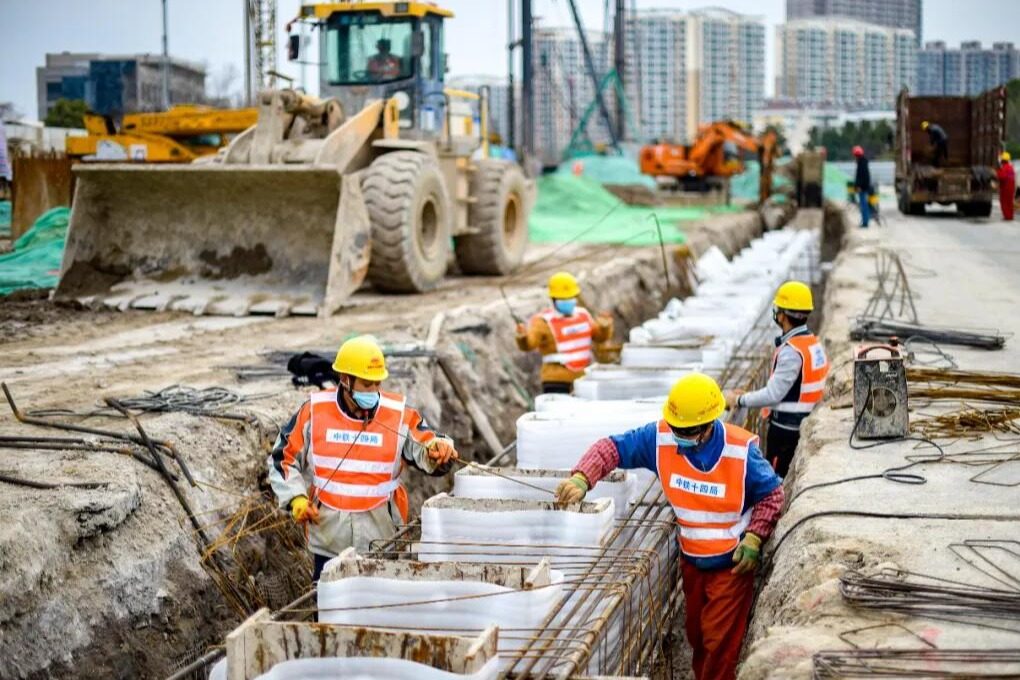
The rapid development of China's economy has led to the continuous expansion of infrastructure construction. At the 2021 China International Digital Economy Expo held on September 6, Liu He attended and delivered a speech by video. At the meeting, Liu He said that we must be good at creating a soft environment, continue to improve the legal environment, and appropriately advance infrastructure construction.
Combining the recent market's general understanding of the imminent fiscal effort, the proposal of "appropriately advance infrastructure construction" at this time has triggered heated discussions in the market and believes that the tide of infrastructure construction is about to start again. However, under the background of "precise drip irrigation and no flood irrigation", "moderately advanced infrastructure" will also be a targeted rather than universal infrastructure boom:
For effective needs
The essence of infrastructure is to serve the population and industry, so the new round of infrastructure investment and construction must be based on "effective demand." Therefore, investment in construction for effective demand is a necessary prerequisite for "appropriate advancement of infrastructure construction", and future infrastructure construction will focus on the following aspects:
The first is to "make up for shortcomings" of public services. The State Council proposes to achieve equalization of urban and rural public services by 2025, and recent macro policies have put forward new requirements for public health and elderly care services, which will greatly increase the demand and standards of public services, and this will bring about The social benefits are considerable, and it is a typical "effective demand" type of infrastructure;
The second is new infrastructure. With the advancement of information and technology, the growth rate of infrastructure demand for information, new energy, and rail transportation is much higher than that of other types of infrastructure, and the industrial development and economic scale driven by this are very considerable, and moderately advanced infrastructure Meeting the needs of the industry and the public will naturally become the focus of investment;
The third is urban renewal, the transformation of old communities and other people's livelihood infrastructure. The report of the 19th National Congress of the Communist Party of China pointed out: Socialism with Chinese characteristics has entered a new era, and the main social contradiction in our country has been transformed into a contradiction between the people's growing need for a better life and unbalanced and inadequate development. Therefore, our government must continue to strengthen investment in infrastructure for the people’s livelihood, make finance an important carrier to compensate for social inequality, and continuously improve the standards and levels of investment in the people’s livelihood. This type of investment directly related to the people’s livelihood, of course, also needs Moderately ahead.
Consider affordability
Infrastructure for effective demand should be appropriately invested and constructed in advance, but it is equally important to properly handle the relationship between development and risk prevention. Therefore, moderately advanced infrastructure should also take into account the affordability and available financial resources of local governments. Moderately advanced infrastructure investment cannot increase the leverage ratio of local governments and should not increase hidden debt.
In other words, although local governments have moderately advanced investment in infrastructure needs, the reality will make many regions face difficulties; in addition to limited fiscal funds and special bond quotas, it is difficult for local governments to make large-scale investments. In the future, new infrastructure investment will be more market-oriented, corporate investment and other new models, and various types of government-enterprise cooperation projects will increase, making infrastructure investment more capitalized and financialized. .
Moreover, with the advancement of the market-oriented model, there will be more and more refinancing of infrastructure projects, and financial products issued based on infrastructure assets will also develop and popularize rapidly, replacing real estate as a new "container" in the financial market. The infrastructure REITs currently being piloted are just the beginning.
In line with macro policies
For a long time, infrastructure investment has been an important tool for regulating economic operations and meeting the requirements of macroeconomic policies; therefore, the new round of infrastructure investment will naturally also serve the macroeconomic policies, and it has become an important part of a major change that has not been seen in a century.
Therefore, a moderately advanced infrastructure needs to serve several important macro policies:
The first is rural revitalization, comprehensively improving the infrastructure and public services of township areas, and gradually realizing the macro goals of "common prosperity" and rural revitalization;
The second is the internal circulation of the domestic economy, strengthening the construction of a unified domestic market, promoting a new round of investment in roads, logistics, shipping, and aviation, as well as the formation of supporting industries and economic circulation systems;
The third is the goal of the "dual-carbon policy", to comprehensively upgrade the current production and lifestyle, and energy use patterns, and promote the transformation of the economic structure and the development and exploration of new materials.
Match investment income
Finally, we should note that today's infrastructure has changed from traditional "government expenditure" to market-oriented "infrastructure investment"; this means that most infrastructure investment needs to match the corresponding investment income and use the project's comprehensive income. Recover investment costs and carry out rolling and circular investment.
Combined with the process of financialization of infrastructure investment, this means that "appropriately advanced infrastructure" must also match the corresponding investment income and accelerate the process of infrastructure marketization. This will promote the further refinement and complexity of the investment model of infrastructure projects, through the comprehensive formation of income balance through multi-field projects, or the cooperation of government and enterprises to share investment income, so that the new round of infrastructure investment can be more closely related to capital costs and investment income. Good match.
In other words, the focus of this round of infrastructure investment will be more market-oriented; where projects have benefits, what types of projects have benefits, and what models of projects can be implemented will determine the changes in the infrastructure market. Editor/Xu Shengpeng
Comment
 Praise
Praise
 Collect
Collect
 Comment
Comment
 Search
Search


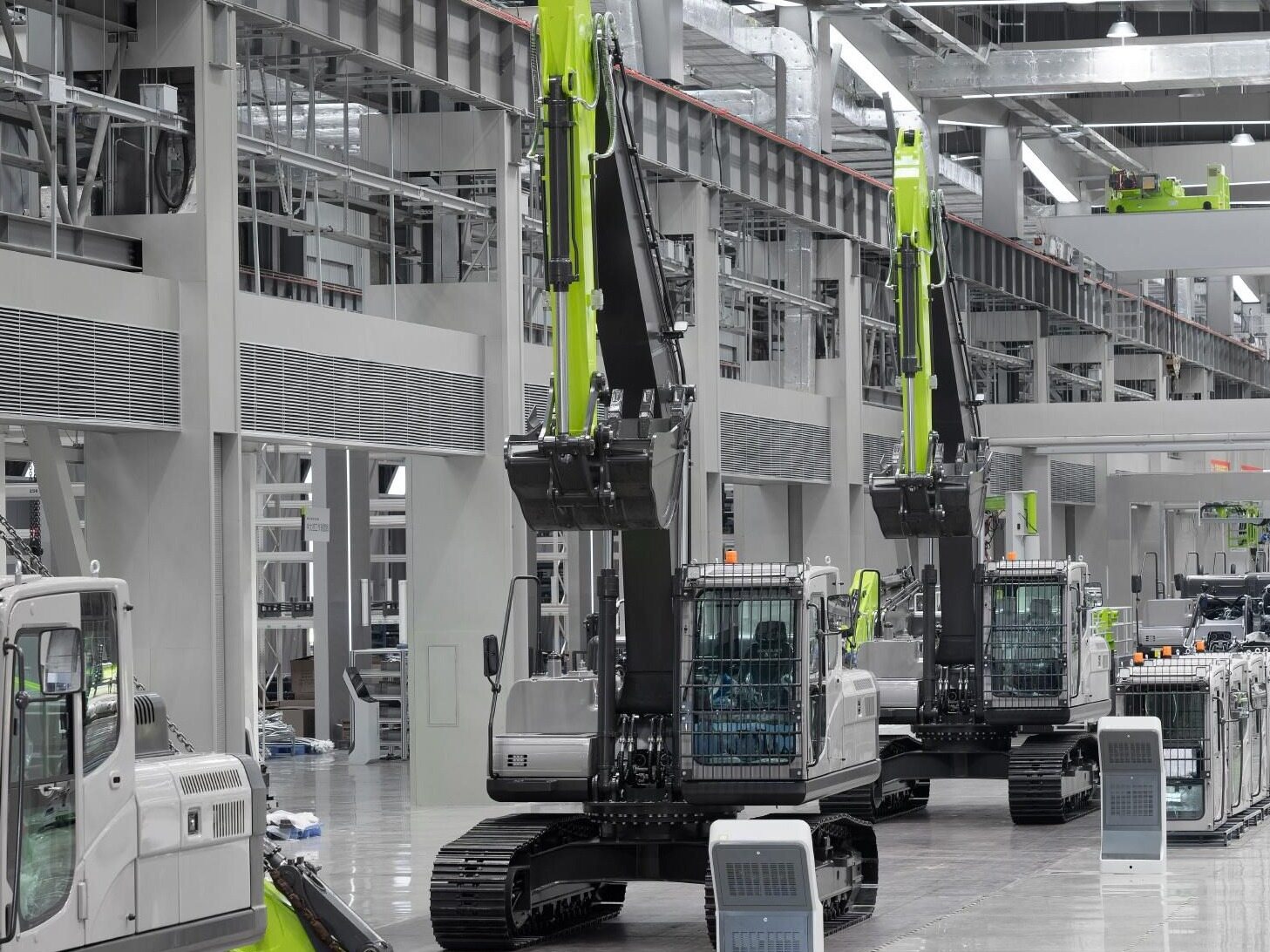
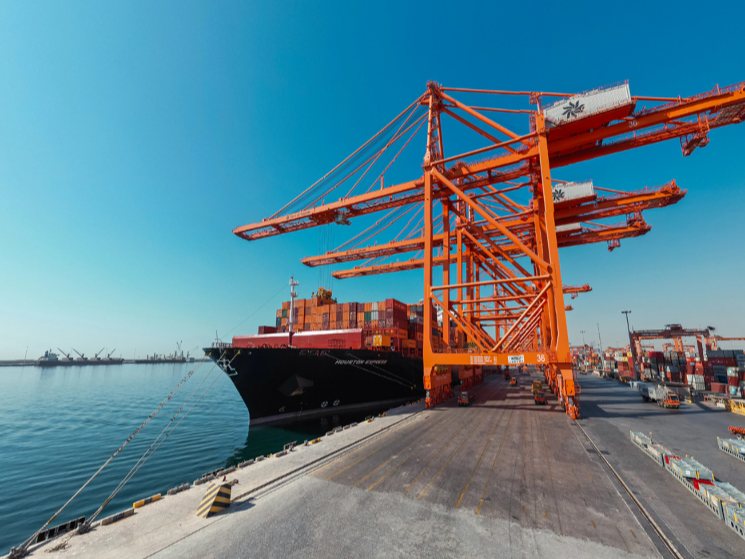
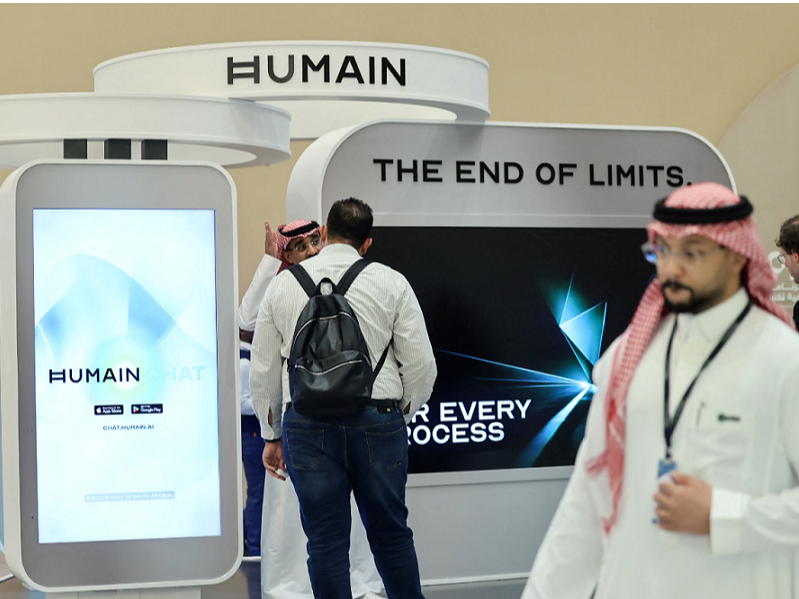


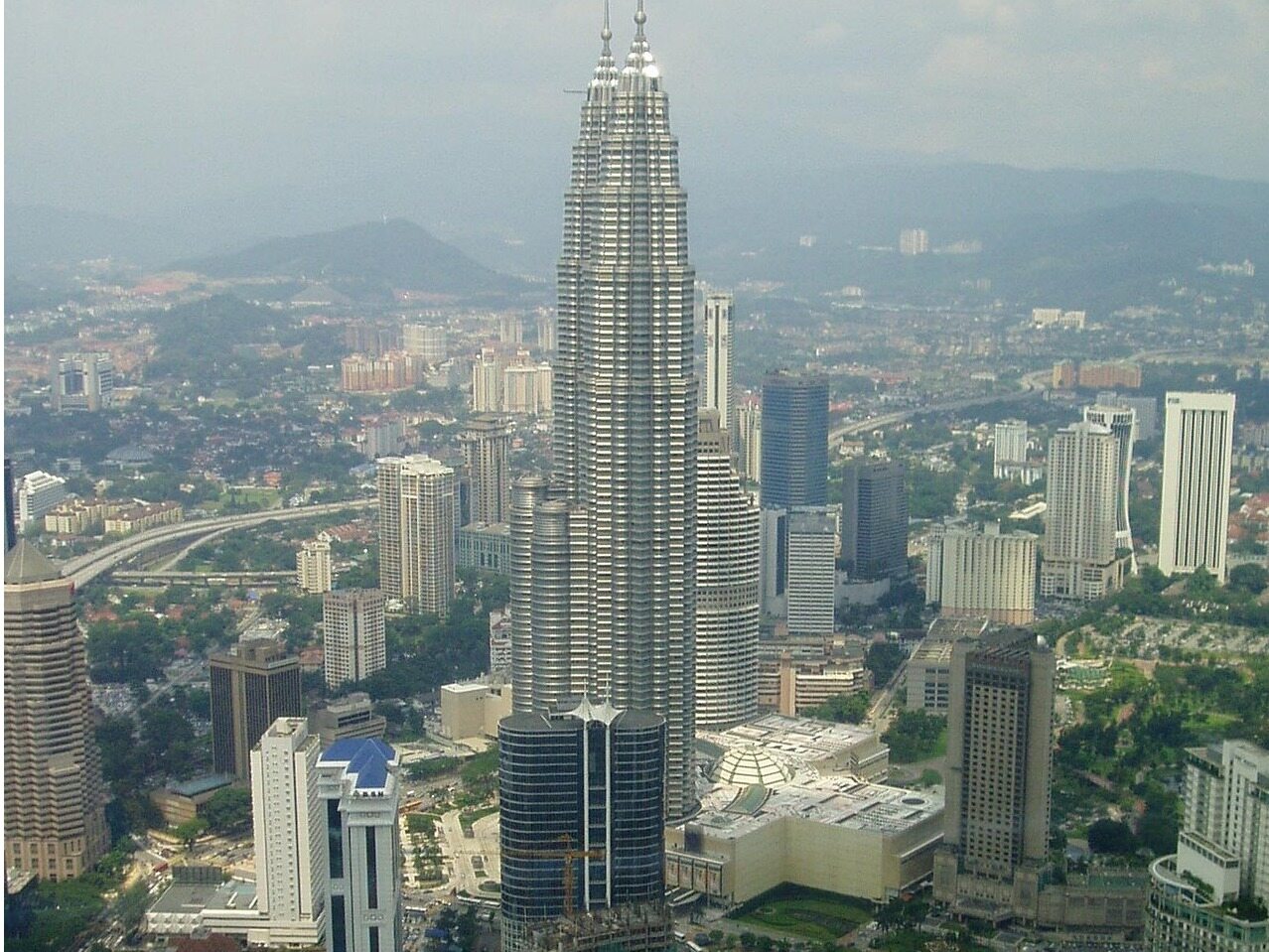






Write something~